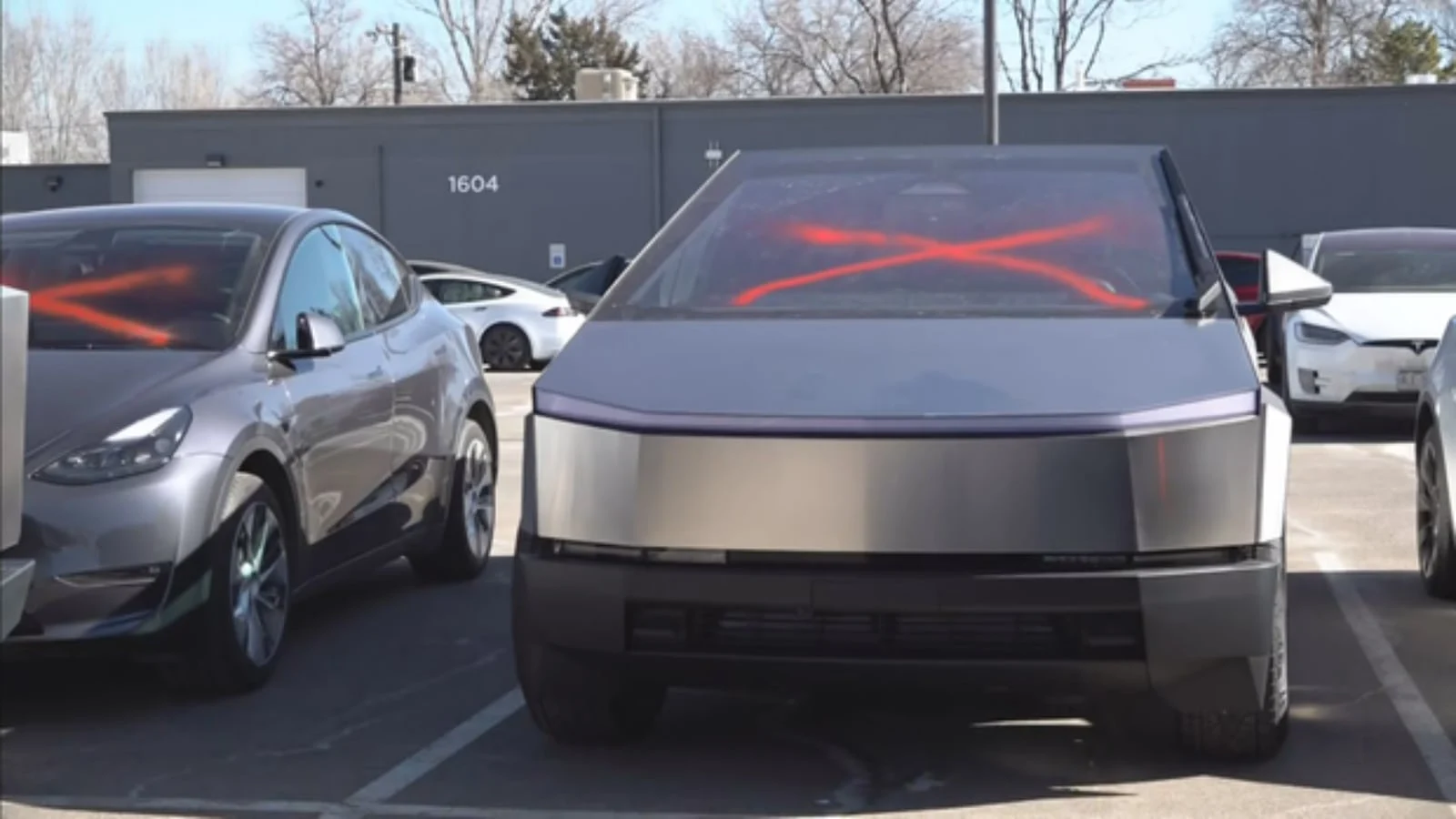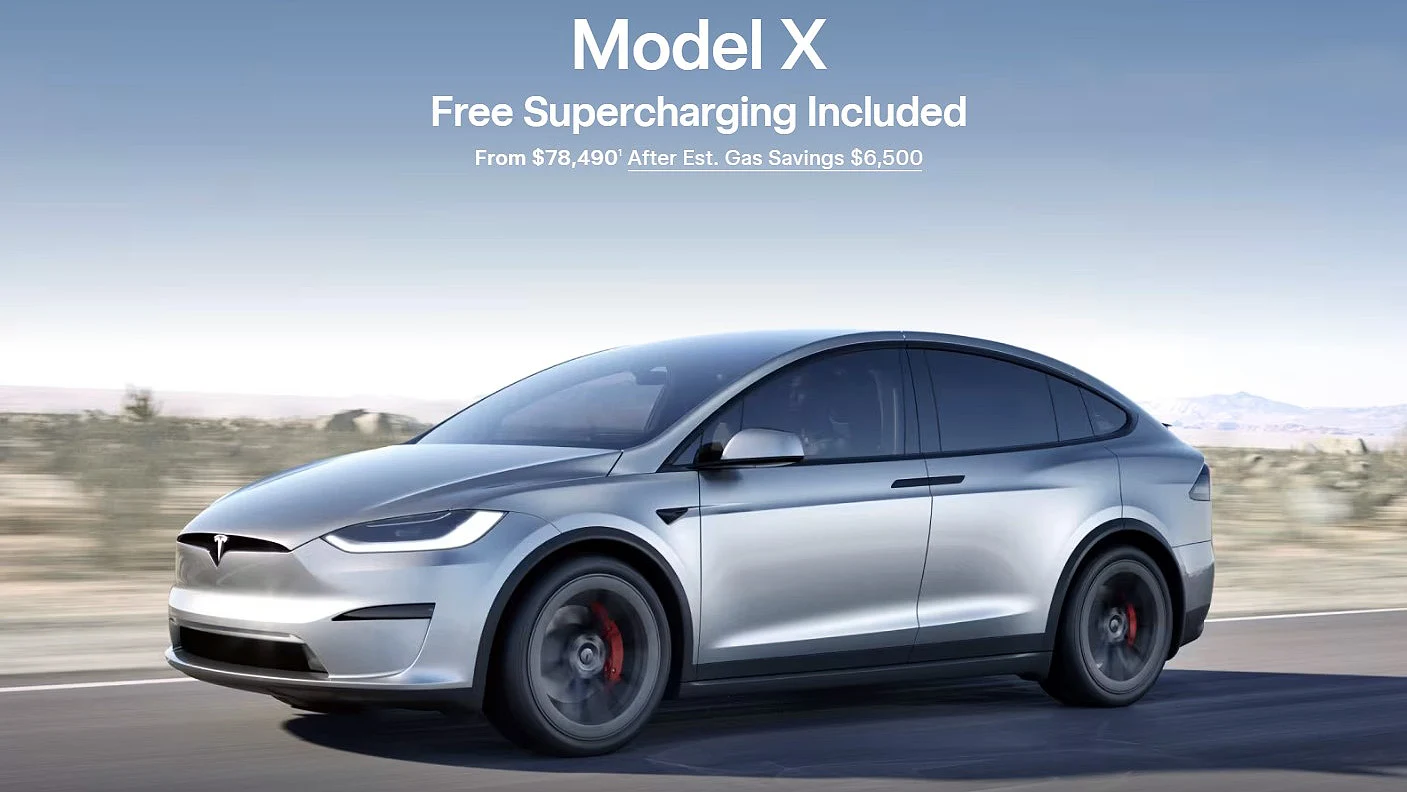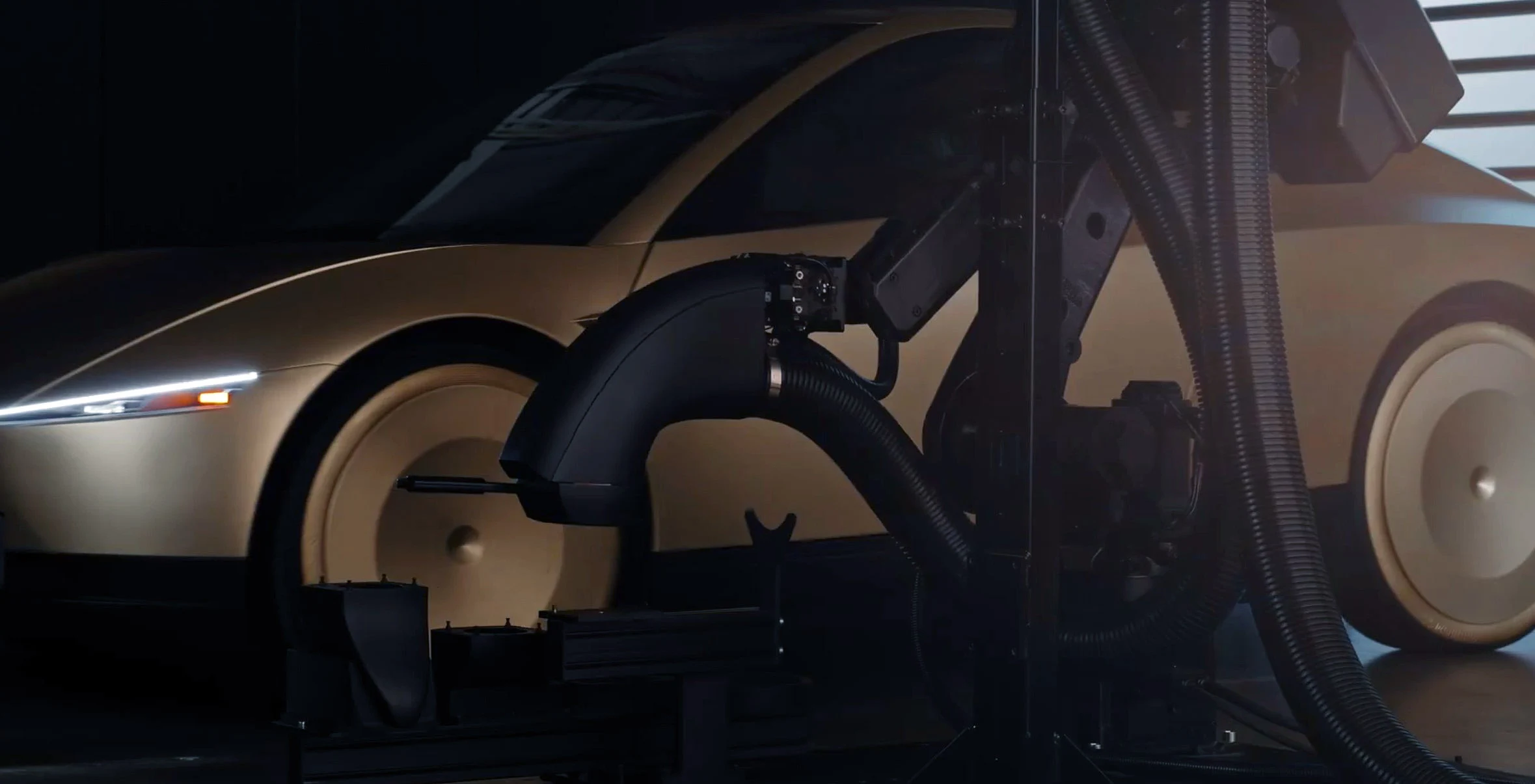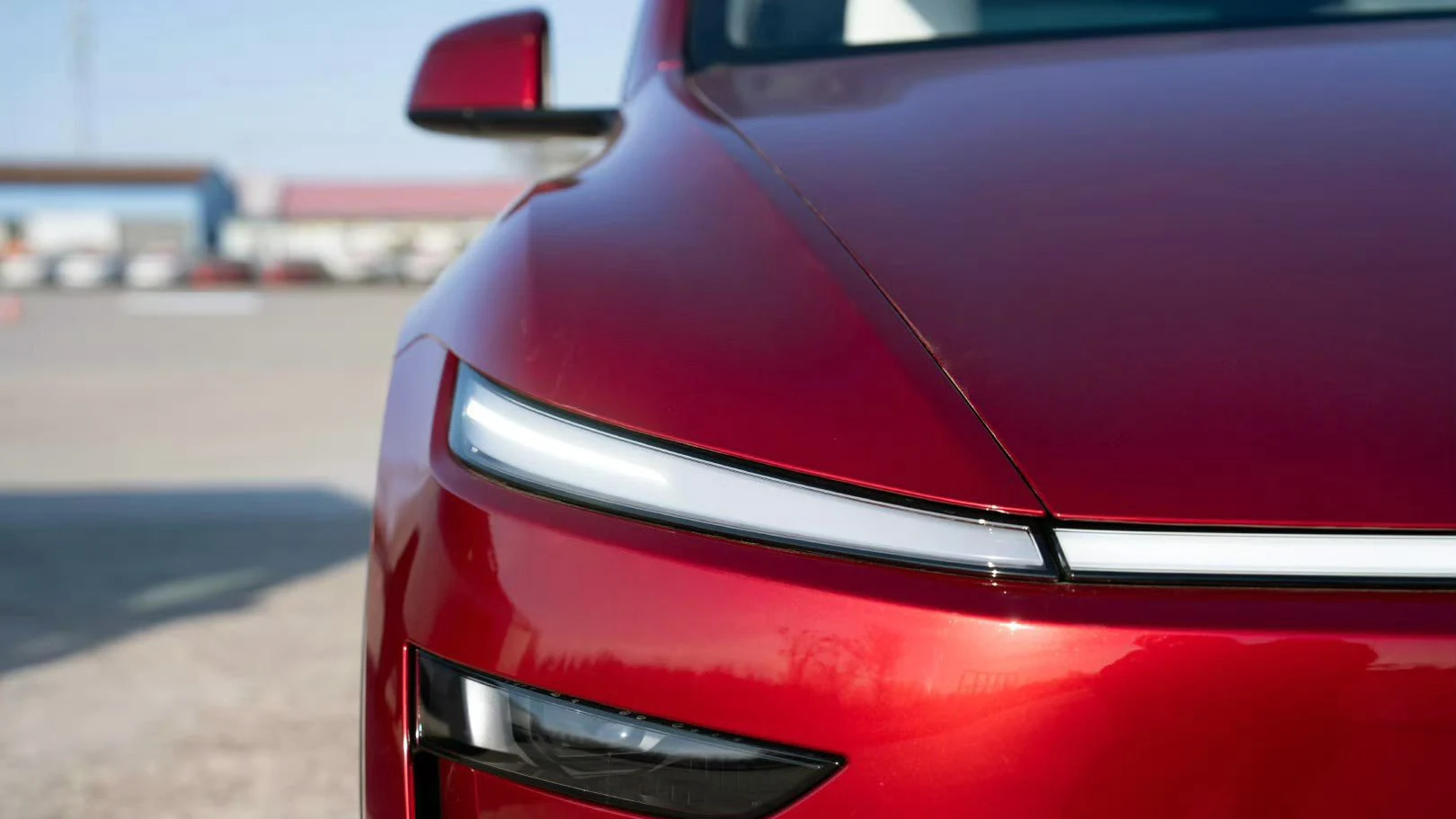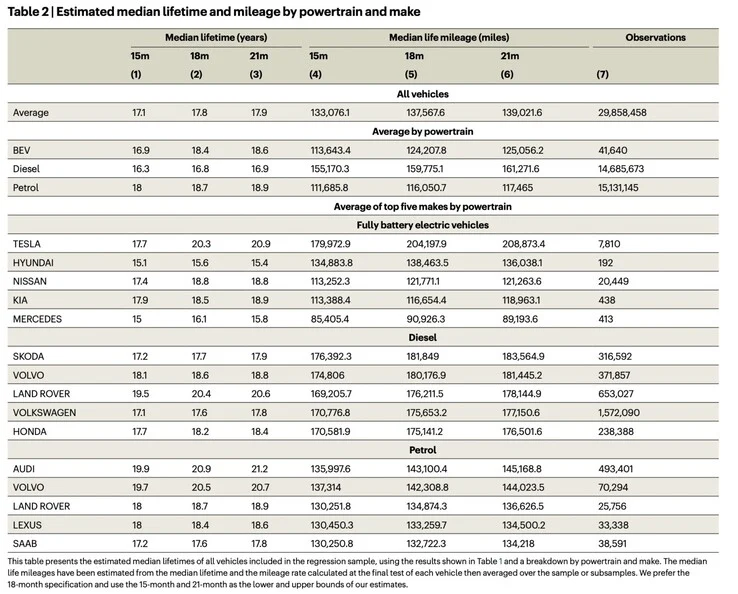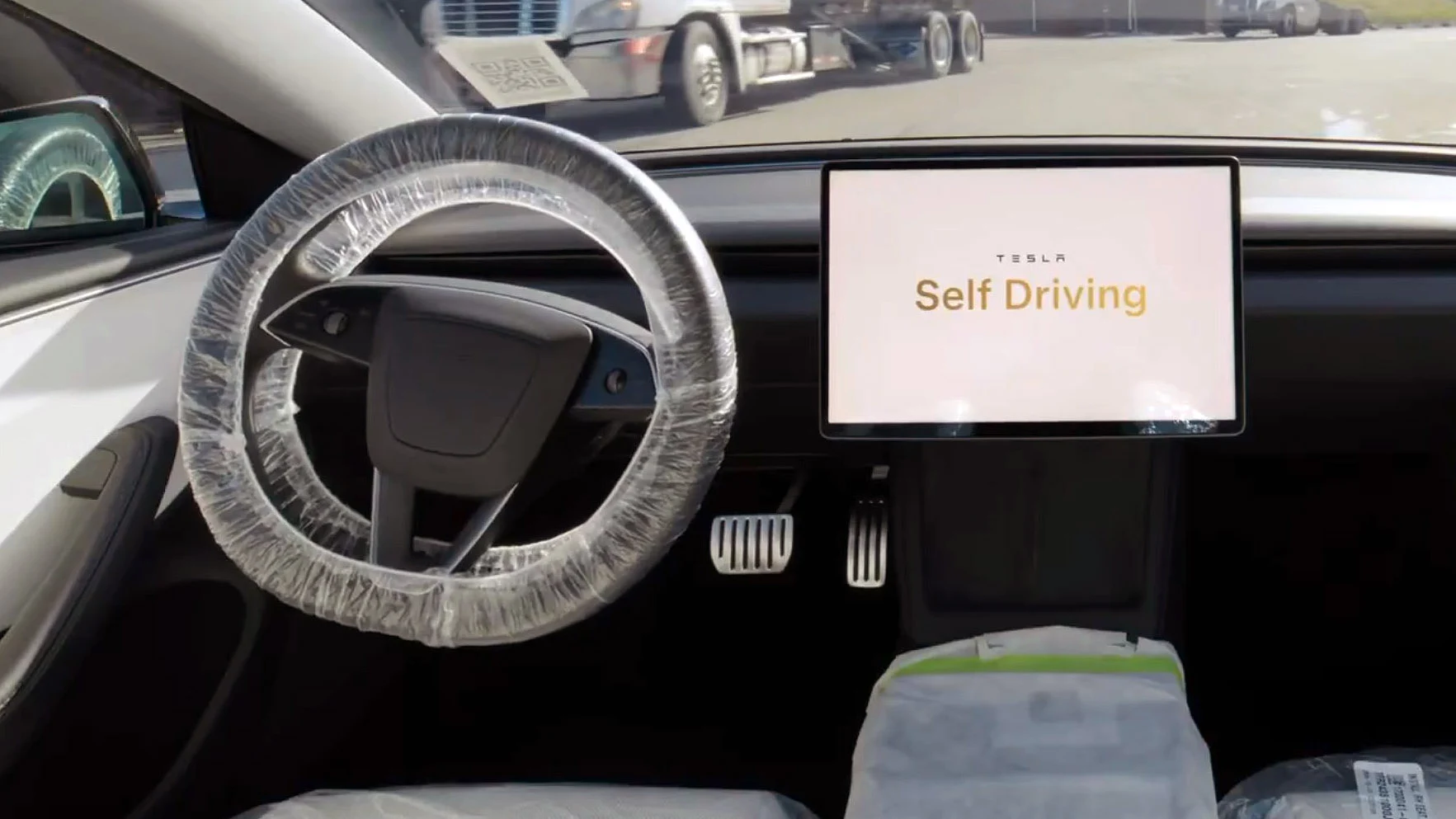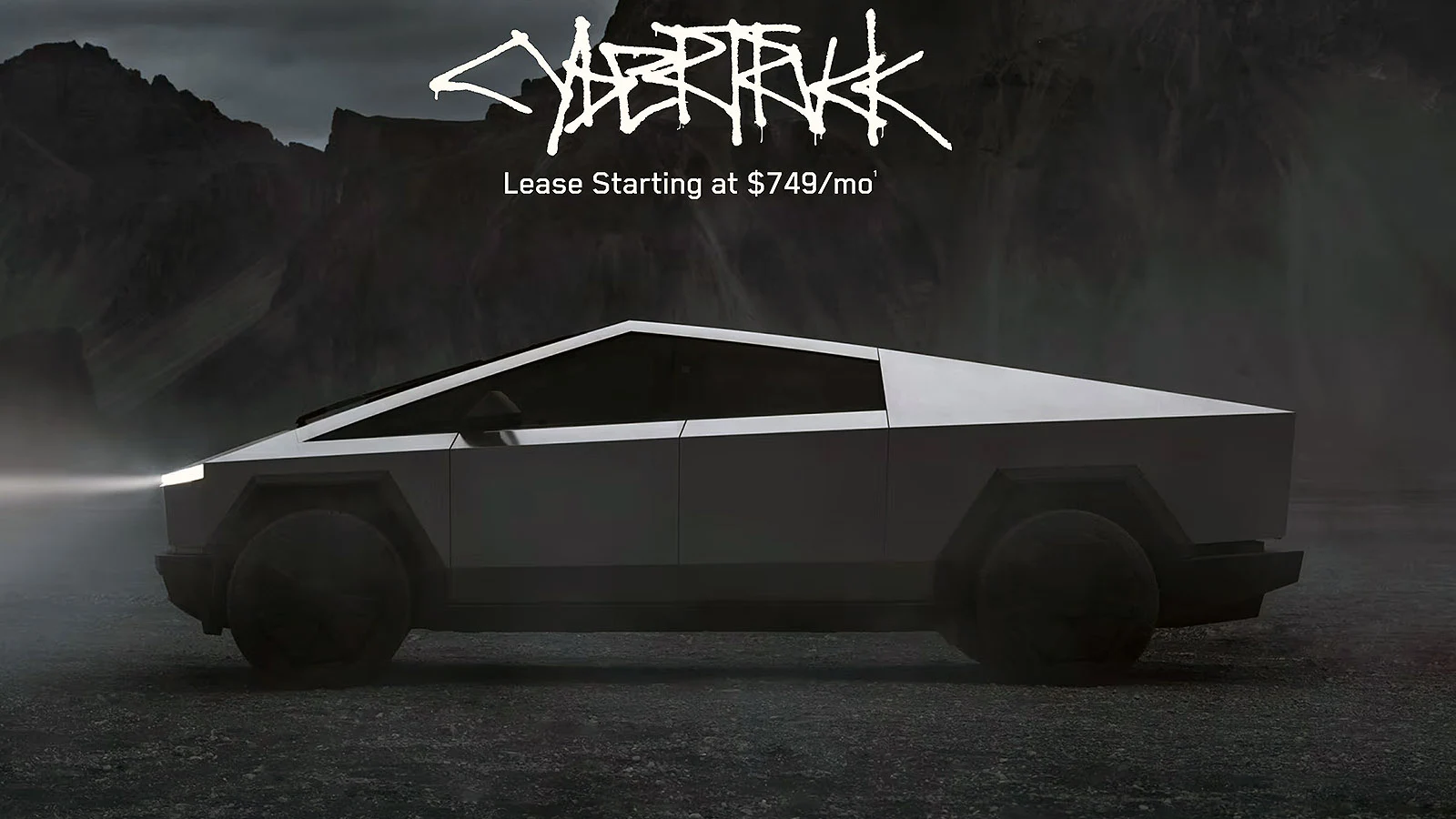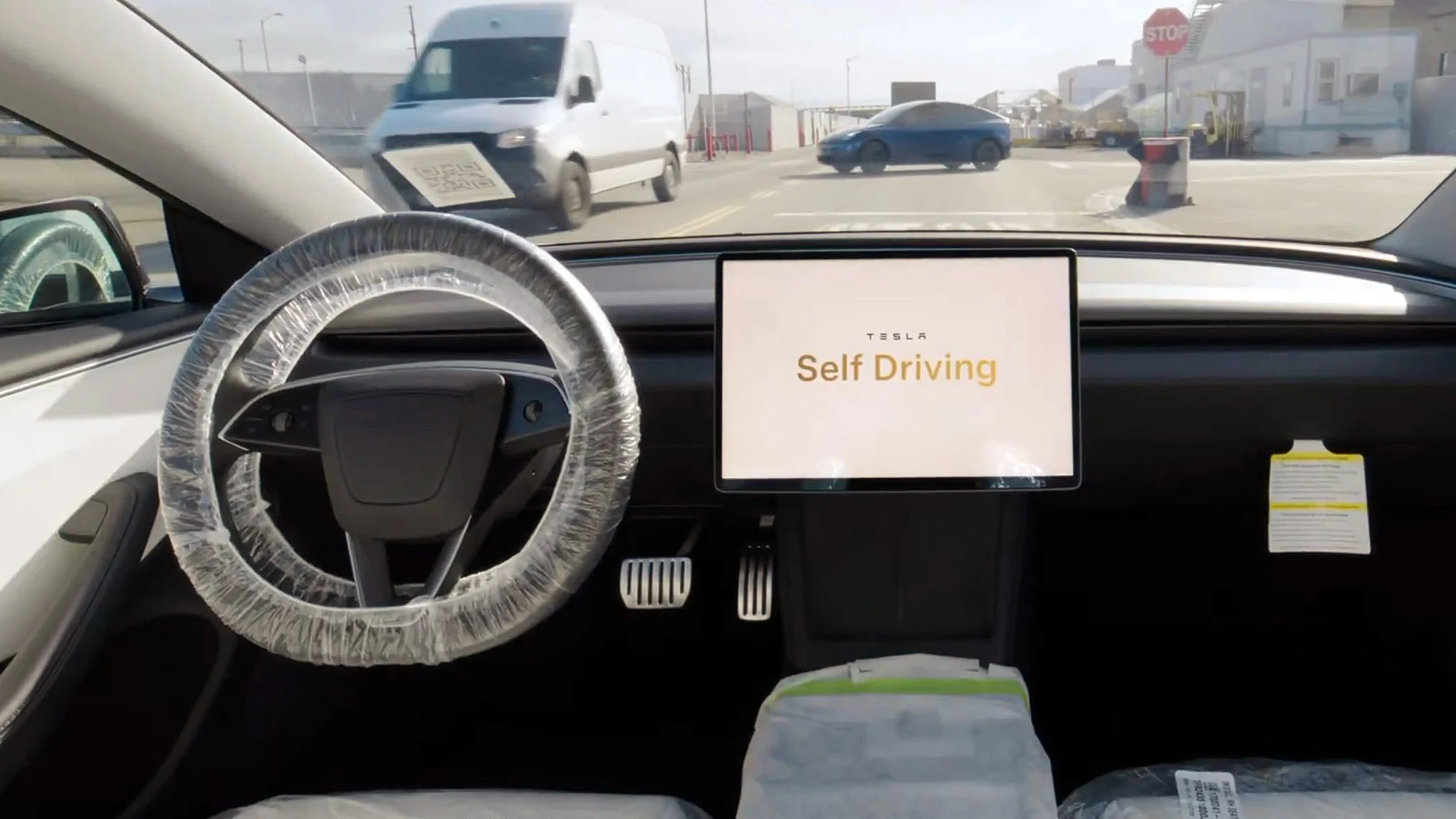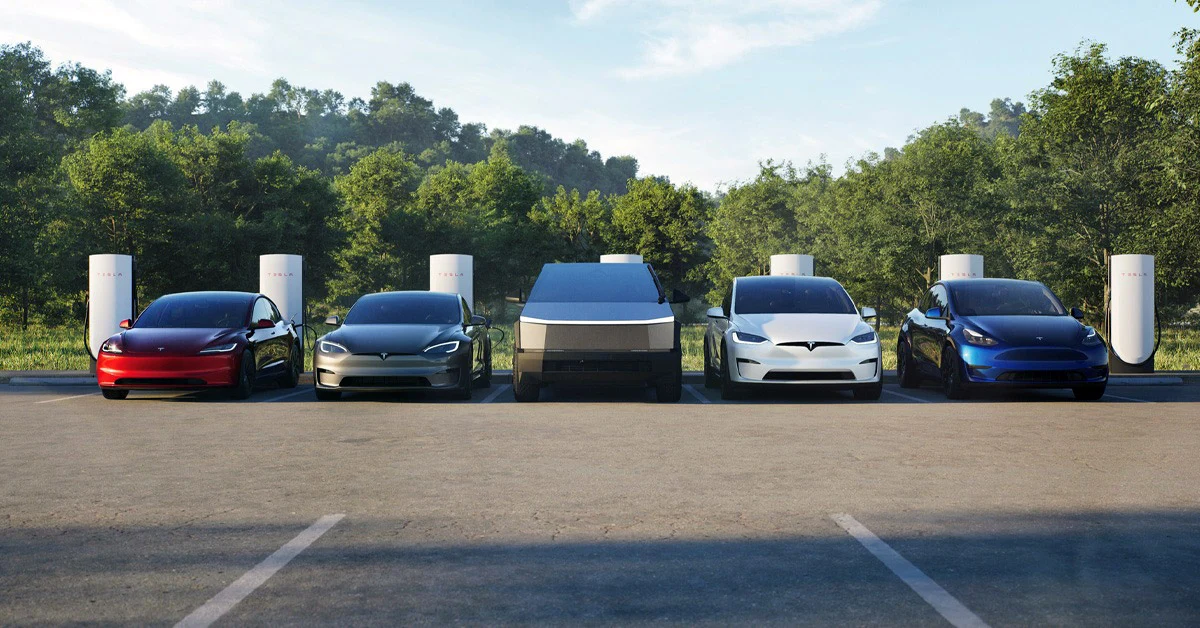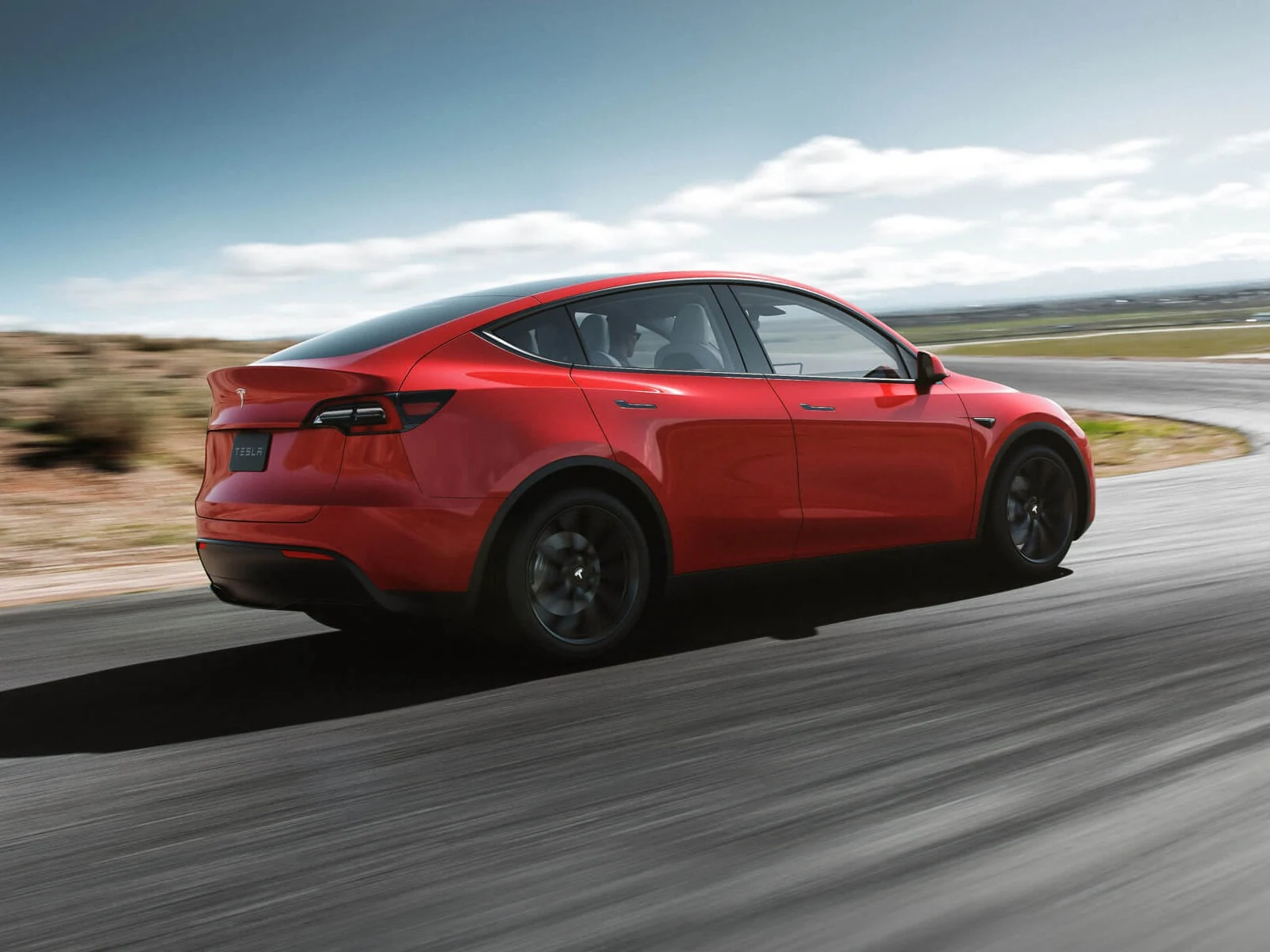During the last quarterly call with Tesla, Elon Musk announced that the company will launch a fleet of its vehicles featuring the unsupervised FSD function in Austin, Texas, this coming June.
New Models Coming Soon
Most of these vehicles are expected to be the 2026 Model Y Juniper and Model 3, equipped with AI4 (Hardware 4.0) systems and an FSD 13 update. This upgrade will enable these cars to navigate city streets autonomously, without the need for a driver onboard. This fleet will serve as the initial test for the paid Robotaxi ride-sharing service, allowing Tesla owners and the two-seat Cybercabs to join the platform in the following year.
Regulatory Hurdles Ahead
To gain approval for this unsupervised FSD, which operates without a driver, Tesla must prove that its self-driving technology is safer than human drivers, even in states like Texas where regulations are more relaxed. This might explain why, just before the earnings call, Tesla’s AI team released the latest safety figures for Autopilot and FSD, which Elon Musk presented to investors.
In the fourth quarter, there was one crash for every 5.94 million miles driven with Autopilot engaged, compared to one crash for every 1.08 million miles when it wasn’t used. In contrast, the most recent data from NHTSA and FHWA shows that in the US, there is an automobile crash roughly every 702,000 miles.
A Complex Situation
These statistics don’t differentiate between city and highway driving, and Musk mentioned that the vehicles are eight times safer than human drivers when comparing to NHTSA numbers, rather than the six times safer when using Tesla’s own data. Additionally, he pointed out that current human drivers using FSD must deactivate it to check messages or emails, which creates a frustrating situation for many. “We’re in this odd situation where people turn off autopilot just to check a text, while steering with their knee,” said Musk.
When asked about the rollout of unsupervised FSD following the Austin pilot in June, Elon mentioned that the US is expected to have it this year, with China and Europe likely following by the end of 2026. He noted that the main challenges in Europe are regulatory, as various bodies meet at set intervals to discuss such features, while in China, geopolitical factors and complicated local driving rules present significant hurdles.
Tackling Training Challenges
In China, Tesla faces difficulties due to restrictions on transferring training videos out of the country, while the US government isn’t allowing training to occur in China. To address this, the company is analyzing publicly available videos of Chinese streets to enhance their training materials. They are also developing a simulator to replicate complex scenarios, such as bus lanes, which have strict operating hours. “If you accidentally enter a bus lane at the wrong time, you get an automatic ticket, so it’s a serious issue,” Musk explained.
While Tesla competes with companies that are introducing their own driver-assist technologies in China, including autonomous battery swapping and existing robotaxis, the unsupervised FSD seems to be poised for success in Europe and the US. However, whether this will lead to the remarkable profits Musk has been forecasting for Tesla and its vehicle owners is still uncertain.
Source:
Link

